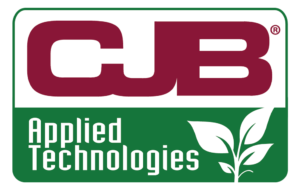Advanced detection technology empowering informed decisions

Rapid – Adaptable – Deployable – Sensitive. All available in one technology!
Salvus is changing the narrative around detection of chemical and biological substances. As the world’s first handheld interferometric detector, Salvus Detection Platform leverages technology incubated at the Georgia Tech Research Institute to rapidly identify and quantify substances at the point-of-concern, enabling quicker decisions.
Changing the Detection Narrative
Salvus is answering the demands from many industries for rapid, onsite detection. Our Salvus Detection Platform enables the user to sample, run the analysis, view the results, and make a decision at the point-of-concern. Backed by years of research and testing, this groundbreaking platform can be deployed in the field to rapidly identify contaminants or beneficial substances in liquid, air, or surface environments. Getting faster results enables the user to make quicker decisions and initiate more timely action.
- Adaptability to monitor and detect both chemicals and biologicals either discreetly or through monitoring applications using liquid or air samples.
- Sensitivity to detect even trace amounts of substances at the point-of-concern and deliver results within minutes instead of days or weeks.
- Ability to be deployed on multiple form factors (e.g., handheld, monitoring stations, unmanned vehicles).
- Ease-of-use through three simple steps from sample to result.

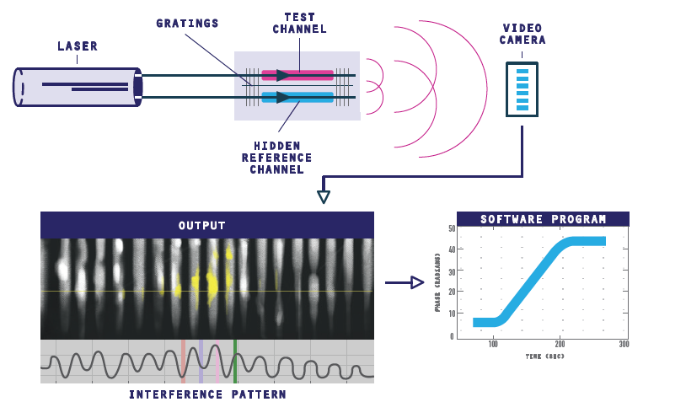
How It Works
Salvus Detection Platform can test a variety of sample types, such as liquids and air, using many sensitive materials as a receptor. The receptor may include antibody, phage, antigen, aptamer, RNA, DNA, polymer, or other selective binding material. Cartridges are pre-configured and ready to use.
Here’s how the Salvus Detection Platform works:
- Bioreceptors or chemically sensitive materials are coated onto a waveguide. This determines selectivity/sensitivity.
- A laser illuminates the waveguide, creating an evanescent field that encompasses the sensing coating.
- The test sample is introduced.
- Binding of the target to the receptor affects the effective index of refraction of the waveguide.
- The change in the index of refraction is detected. Detection indicates qualitative detection. The rate of change indicates concentration / quantitative detection.

The Platform: Deployable Form Factors and Capabilities
The Salvus Detection Platform is deployable through three types of form factors: handheld, in-line intermittent monitoring, and remote-controlled unmanned vehicle. The Salvus Detection Platform can detect multiple chemical or biological substances, providing fast and precise results within minutes to enable quicker, more informed decisions. Key capabilities include:
- Results in under 30 minutes from sample to answer
- Proven to detect numerous chemical and biological targets in both proof-of-concept testing and commercial application trials by GTRI and Salvus
- Supports multiple sample types (blood, air, etc.)
The first Salvus Detection Platform is being deployed as a lightweight, easy-to-use handheld device that can be fit with one of two types of cartridges – a discreet sample cartridge or a flow monitoring cartridge for applications where ongoing monitoring is required. Cartridges can be rapidly developed to address new chemical or biological targets. Our Salvus Detection Platform also can be incorporated into a facility’s processes and integrated into multiple other form factors, such as monitoring stations or unmanned vehicles (UGVs, UAVs).
Handheld Device
- Device Dimensions: 9.6” x 4.25” x 3.33”
- Types of cartridges:
- Discreet, disposable cartridge for sample applications
- Flow cartridge for monitoring applications
- Weight: 2.24 lbs. including battery and cartridge
- Ethernet, Bluetooth, Wi-Fi, and USB connectivity with Cellular Option
- GPS capable
- Operational in outdoor environments (non-temperature/non-humidity controlled environments)
- Powered via battery or universal AC
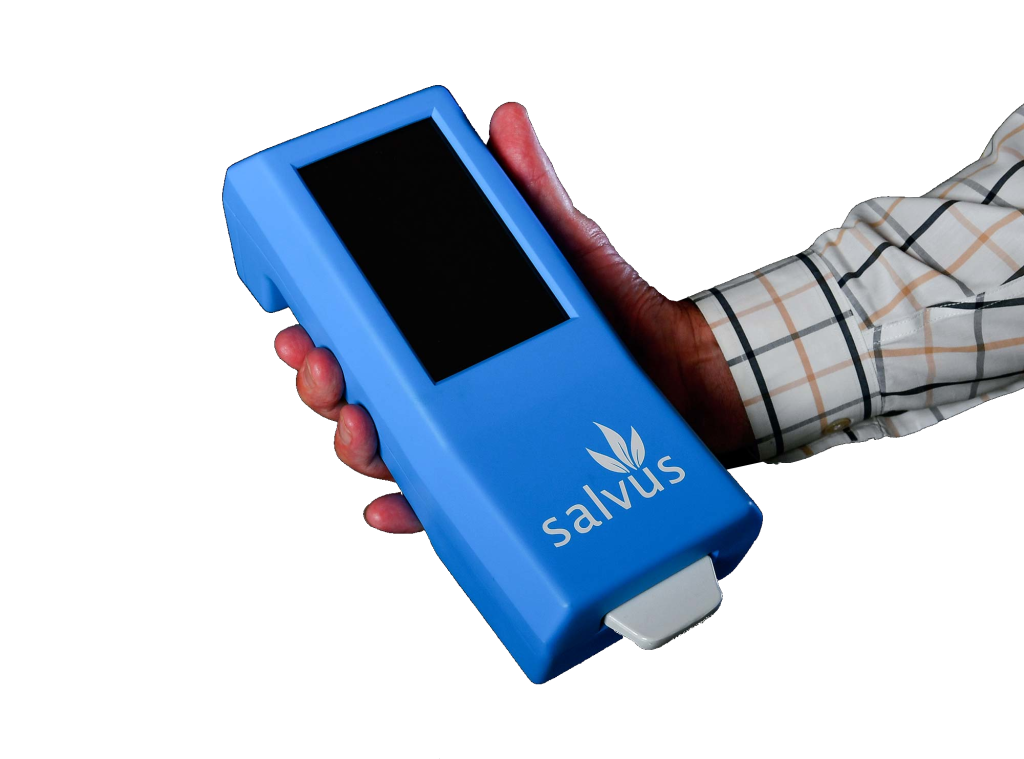
In-Line Intermittent Monitoring
A system or technology that periodically conducts measurements or monitoring activities in real time as part of a continuous process.
- In-Line: A process or system where monitoring or measurements are conducted while the process is ongoing or in real time, rather than offline or after the fact.
- Intermittent Monitoring: A process or system where monitoring or measurements occur periodically, at irregular intervals, at specific times, or under certain conditions rather than continuously.
- Platform: In the context of technology or systems, a platform is a base or foundation that supports other components or applications.

Remote-Controlled Unmanned Vehicles (UGVs, UAVs)
A detection platform integrated into a vehicle that is remotely controlled by a human operator from a distance.
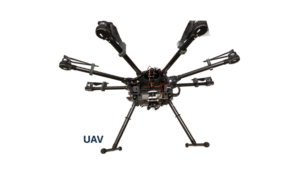
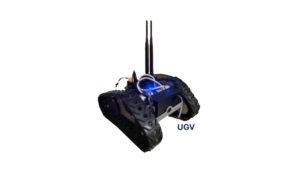
We Detect Your Concerns™
Rapid
Results
Processes and shares findings within minutes at the point-of-concern to accelerate decisions.
Extreme
Sensitivity
Can identify chemicals down to parts per trillion and proteins in picograms per milliliter.
Qualitative and
Quantitative Reporting
Detects the presence of a substance, as well as substance levels.
Multi-Use
Technology
Can be used across multiple industries to detect chemical and biological substances through discreet sample or monitoring applications.
Anti-Fouling
Properties
Contains no metal contact parts.





